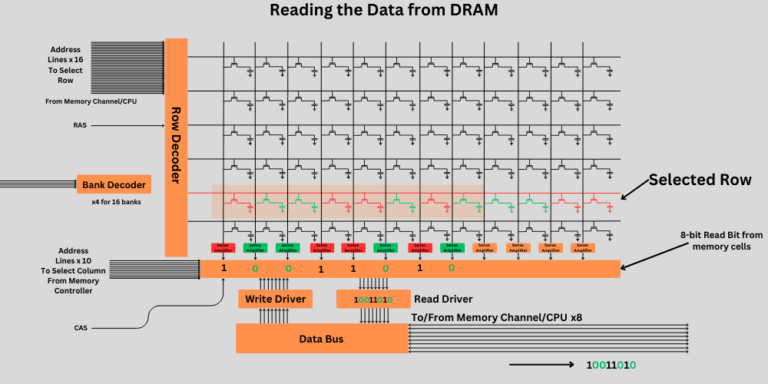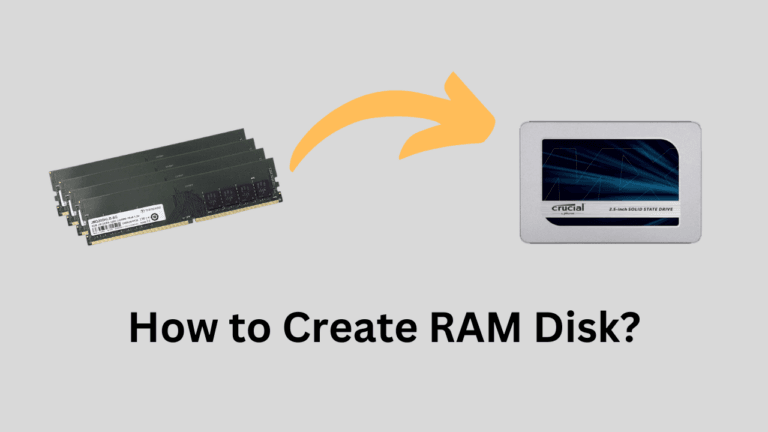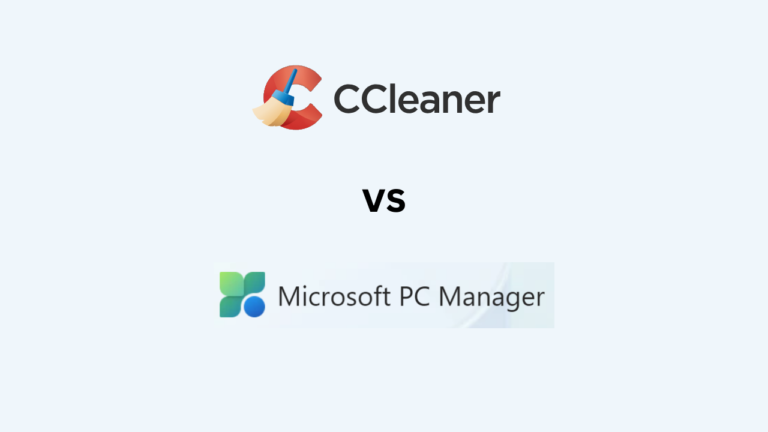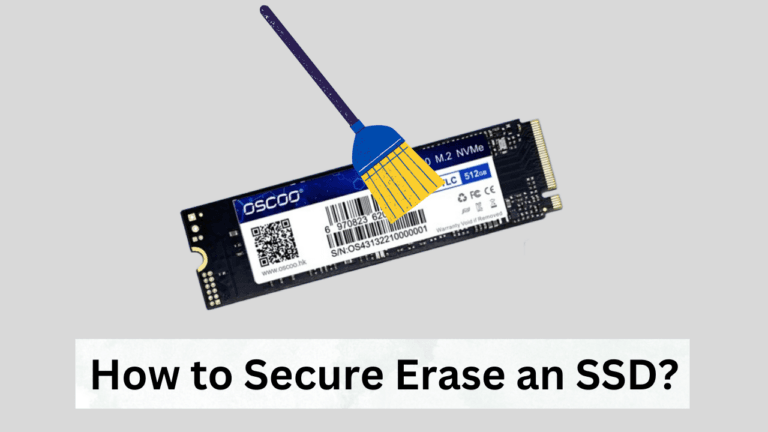EMMC stands for Embedded MultimediaCard, and UFS stands for Universal Flash Storage. These are two common types of storage technologies found in most smartphones, tablets, and other handy electronic devices. Both of them are responsible for the same function: storage of data. What differs among them is their architecture, speed, and efficiency.
The EMMC type of storage is an older storage system that integrates a NAND flash and a controller together. Combinedly, they are soldered directly on the device’s motherboard. It works very similarly to an SSD card, operating using a parallel interface. While it is sufficient for basic tasks, it has limitations while data-transfer and multitasking.
UFS, on the flip side, is a modern and advanced storage system. It supports full-duplex transfer. It uses a serial bus interface and incorporates features like command queuing and limiting the power consumption, making it an ideal standard for high-performance tasks such as gaming, 4 K video recording, and quick application launch.
The Core Difference: How They Read & Write Data
Definition of things aside, debate lies in how each of them handles the data transfer – the read and write operations decide how efficient and smooth the performance is.
EMMC compromises with half-duplex communication. This means, at one time, it can either read the data or write the data, not both simultaneously. It processes the instructions sequentially, which results in slower performance, especially in scenarios of multitasking. A task of updating apps while playing music, for example.
UFS, on the other hand, supports full-duplex communication. It is such that both read/write happen simultaneously. UFS also has the feature of command queuing, analogous to what’s found in SSD. This helps the storage prioritize and manage multiple tasks in one frame, eventually improving the responsiveness and efficiency.
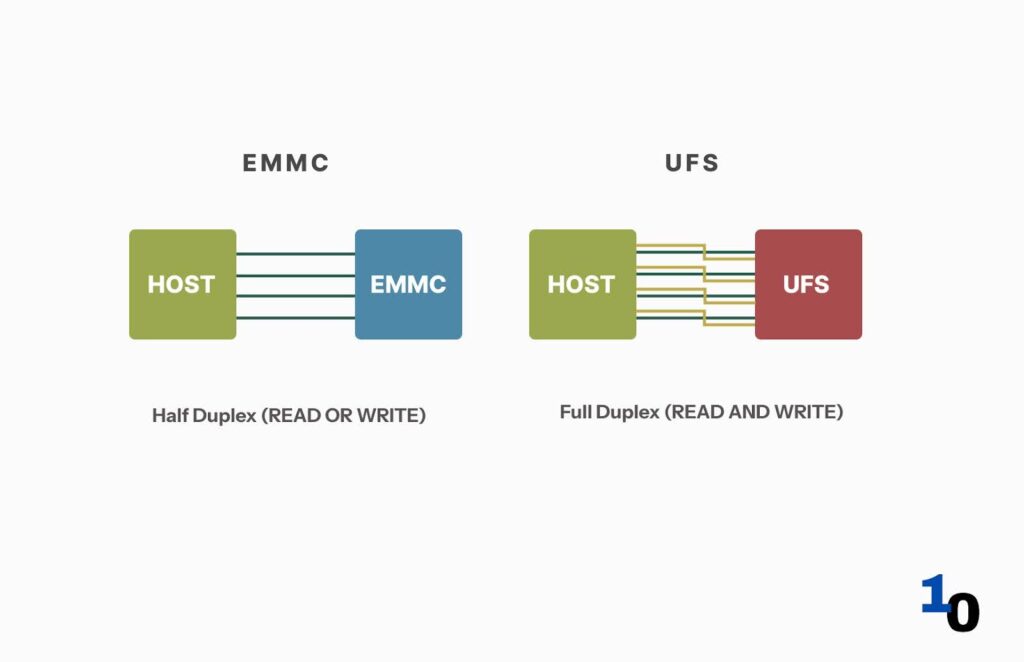
Real-World Speed: App Launch, Boot Time & File Transfers
Technical specifications are important, but even more important is what truly counts for a user, that is, the real-world performance.
App Launch: With a UFS-type storage, the application takes less time to load into the main memory. The full duplex capability helps request and response, both of them to process together. Besides, with the benefit of queuing, the phone handles multiple operations efficiently. For instance, fetching the app data while finishing the background task.
On EMMC type of storage, launching applications can take time, especially in the case of heavier tiles such as games and video editors, due to the sequential method of task handling.
Boot Time: Devices with UFS can result in two to three times faster boot times than those with EMMC. The reason: UFS can read system files in parallel with initialising other processes.
File Transfers: If copying small files, such as those in KBs, you won’t find much difference. But when it comes to bigger files and folders, especially 4K videos and game data, EMMC can feel like watching the sun wheel across the sky, and set. UFS, in that case, competes with SSDs.
To Summarize:
UFS = Fast, smooth, and responsive
EMMC = decent, but noticeable laggy for modern-day use case
Power Consumption and Battery Life Impact
When it comes to storage, an obvious question that arises is about the impact of it on the battery life. The role is subtle yet important. Both EMMC and UFS draw power for operations, but there is a difference in how they do so.
EMMC may feel more power efficient at first glance, due to the operations performed at a slower pace, consuming less energy per operation. However, due to extended execution, the processor and the main memory remain active for quite a long duration during tasks, even as simple as file transfers and app launches. So the overall energy drain is higher.
UFS completes the executions much faster, allowing the system to return to the idle state more quickly. The modern UFS 3.1 facilitates deep sleep mode and other power-saving features that minimise the battery drop when the device is not active.
Why UFS is Replacing eMMC in Modern Phones
It is a technological necessity to make this shift, to meet the user’s expectations and hardware demands.
Faster performance expectation: The smartphones of recent years aren’t just limited to features of communication – they mimic video editors, productivity hubs, and gaming consoles as well. EMMC one sided communication and limited speed can’t keep up with the demand of modern apps, high-res content, and seamless multitasking. UFS fulfills all these demands by offering exceptional performance, similar to an SSD in a mobile form factor.
Enhanced Multitasking: In a phone with good CPU and RAM, a bottleneck often occurs at the storage level. UFS resolves it by buffering commands and with simultaneous read/write capabilities.
Energy Efficiency: UFS is energy efficient over time. It performs tasks relatively faster, helping the system to return to a low-power state sooner.
Industry Push and Ecosystem Growth: In recent years, leading smartphone companies and chip makers have taken UFS as the new standard. With the rise in production, UFS has become affordable as to power a mid-range and a budget smartphone.
Is eMMC Still Relevant in 2025?
Though UFS is dominating the mobile phone industry, EMMC can’t be completely trashed. In 2025, EMMC still holds relevance, though in limited use cases.
Budget Devices & Entry-level phones: EMMC is still empowering some ultra-budget smartphones and tablets where demands are minimal and the priority is keeping the cost low. EMMC offers just enough performance for users who only do friendly tasks on a daily basis, such as sending messages, browsing the web, calling, and other light uses.
IOT devices and Embedded Systems: Beyond smartphones, EMMC is used extensively in Internet of Things (IoT) devices, smart TVs, dash cams, drones, and cheap Linux systems, where storage isn’t a big concern rather a simple integration and compact form factor is considered.
Manufacturing and Legacy Support: Any technology doesn’t die instantly. And not when it has existed for a very long period of time. The same is the case with EMMC. There are manufacturers with infrastructures tuned to EMMC. It’s a long-standing presence with tooling, compatibility, and drive support, still robust across many ecosystems.
So, yes, it’s still relevant.
Conclusion
Because UFS comprises everything a modern user demands, i.e, faster speed, better multitasking, quicker app launches, and butter smooth file transfer, it’s the one built for today’s workload, and it’s the one you should care about.
Alongside that fact, EMMC still has a place. For devices meant for light usage and lower cost, EMMC has a strong suit.

